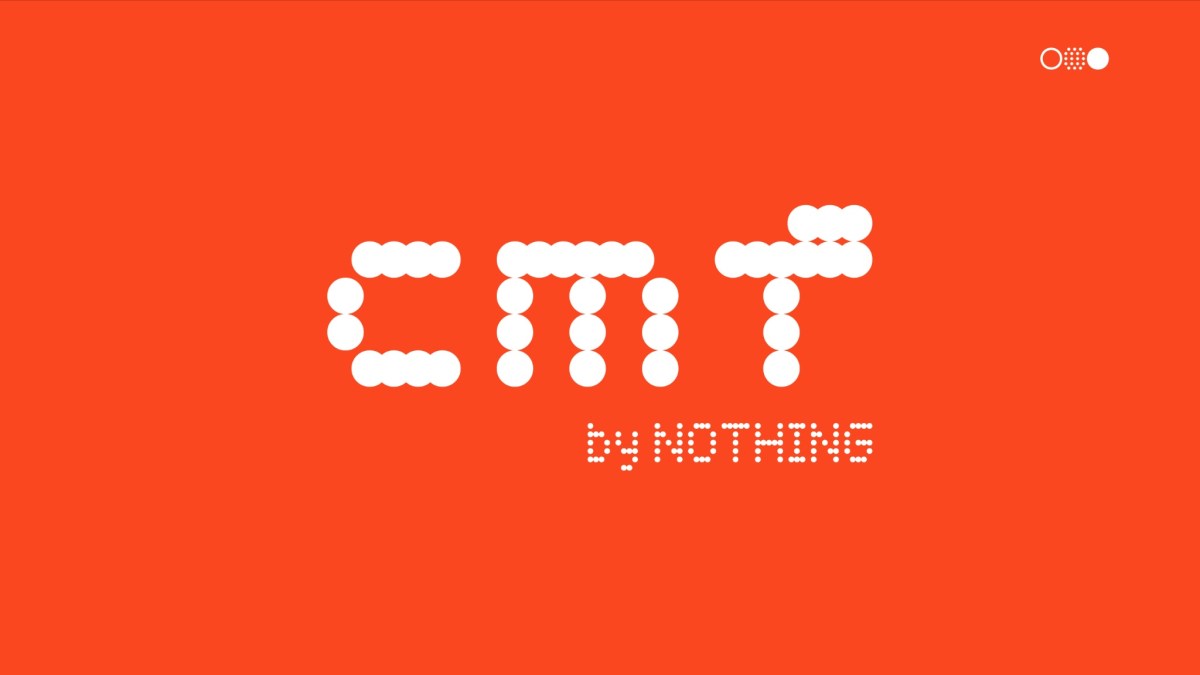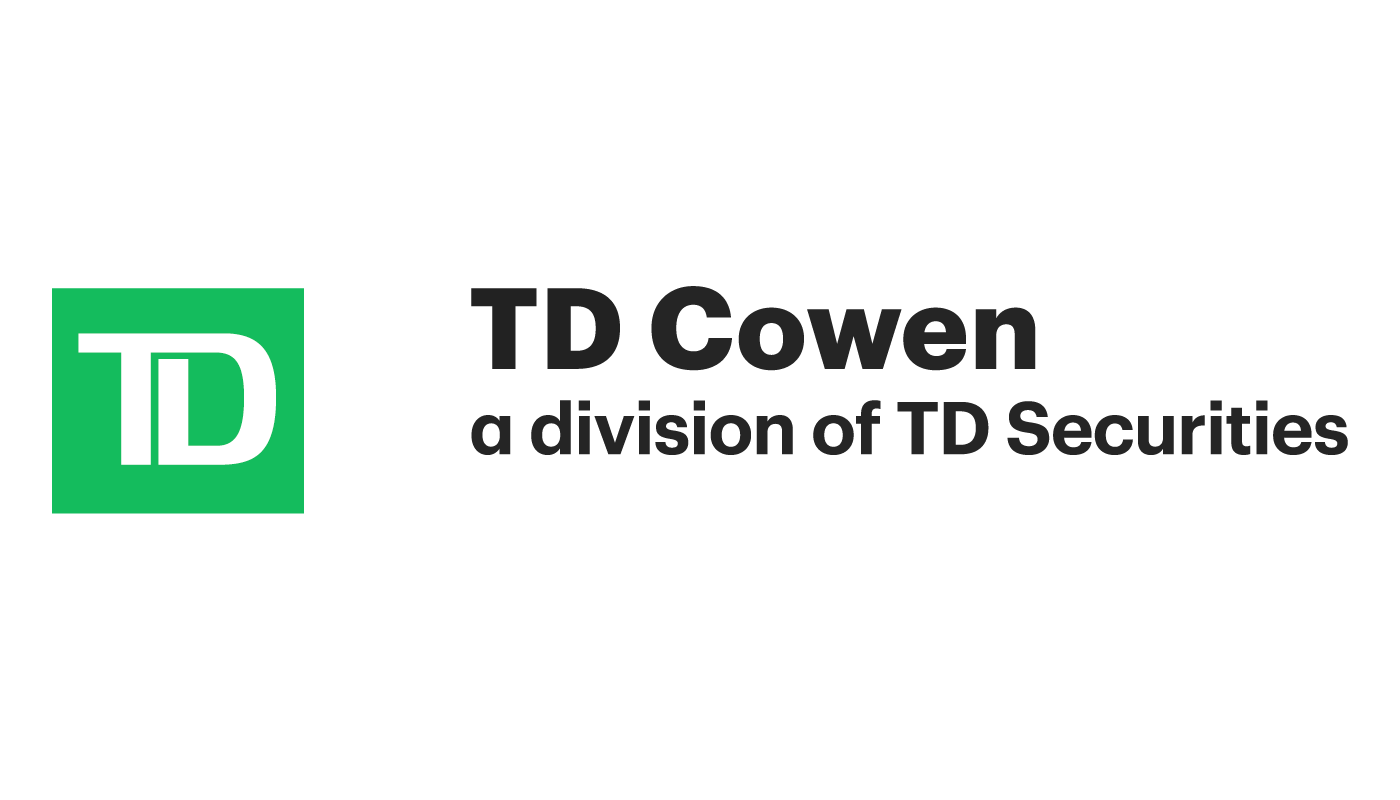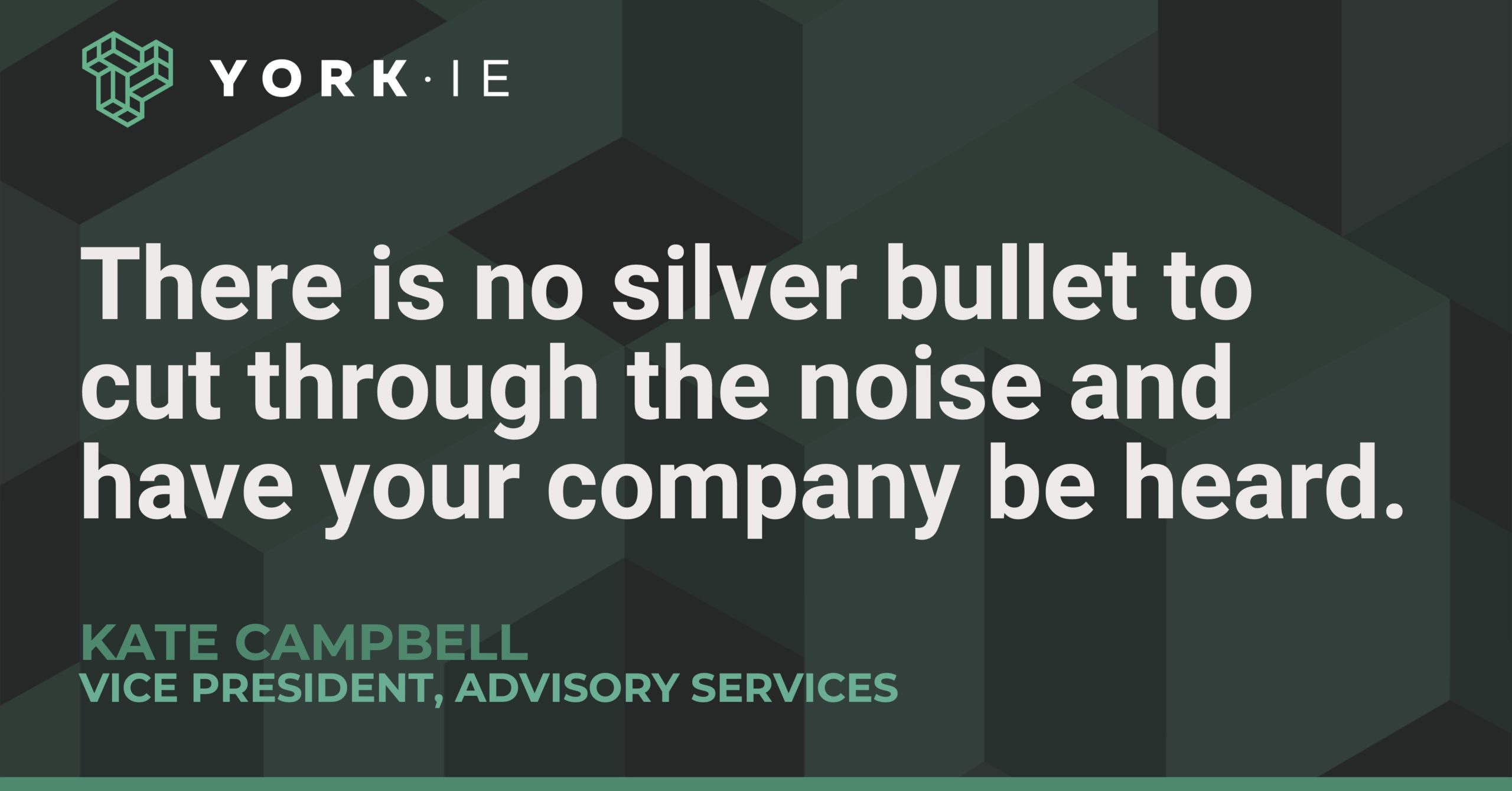Benefits of a Messaging Hierarchy
There are many benefits of having a brand messaging framework for your company, including:
- creating clarity around your story;
- enabling scalable, consistent storytelling;
- highlighting your differentiators; and
- forming your content strategy foundation.
Clarity
Creating a messaging hierarchy gets thoughts out of founders’ heads and onto paper, where others can provide feedback and see the full vision. Founder-led storytelling is an important part of the startup journey, and writing it out makes the story available for all to share.
Doing so also clearly communicates the company’s core set of values to employees, customers and other audiences.
Consistency
By clearly communicating your values, it creates a foundation to ensure that everyone is saying the same thing and working towards the same great vision. It also provides a resource for employees to use consistent language across all owned channels.
Differentiation
The market-in approach — using research to inform what your unique point of view is and how you want to deliver it — is so important for brand building. Only when you know your competitors, comparators and overall market like the back of your hand can you truly define your message. If you don’t stand out from the crowd, then how can you expect your customers to notice you?
Content
Once you have your messaging and point of view, it’s all about getting it out there with a disciplined and focused content distribution strategy. From here, even with limited resources, you can do effective, consistent marketing. A strong strategy breaks up the key messages in your messaging hierarchy into multiple, diverse forms of content, such as blog posts, social media posts, videos, infographics and more.
This approach is designed for companies with little brand equity. To be honest, in today’s 24/7 connected world, no one pays as much attention to you as you do to yourself. Only when you’re sick of hearing yourself is when people start to notice.
Every day is an opportunity to build your brand!
Components of a Messaging Hierarchy
Your messaging hierarchy should include the following sections:
- Vision and mission
- Elevator pitch
- Key differentiators
- Brand, tone and core values
- Market segments and industry verticals
- Value proposition and use cases
1. Vision and Mission
Your vision should be aspirational, while your mission should reflect your day-to-day obsession. For example, Ikea’s vision is “to create a better everyday life,” and its mission is “to offer a wide range of well-designed, functional home furnishing products at prices so low that as many people as possible will be able to afford them.”
2. Elevator Pitch
Your elevator pitch is the overview of your company. It needs to be succinct and thoughtful and to clearly articulate your business strategy. To create yours, ask yourself the following questions:
- Who are you?
- What do you do?
- How do you do it?
- Who do you do it for?
3. Key Differentiators
Take the answers to the questions above and expand upon them, explaining how they’re different from what your competitors’ and comparators’ answers would be — and why your approach is better.
4. Brand, Tone and Core Values
Your brand is not just your name and logo. It represents what your company stands for at a high level and how it’s perceived. Your values are your company’s specific beliefs, and your tone is how you express those beliefs to your market.
5. Market Segments and Verticals
Are you targeting small and medium-size businesses or large enterprises? What industries are your potential customers in?
6. Value Proposition and Use Cases
Putting everything in the above sections together, how does your company provide value to your target customers? How specifically do those customers use your offering to realize that value?
Messaging Hierarchy Template
To start building out your brand messaging framework, download the free template from our Fuel platform.







































